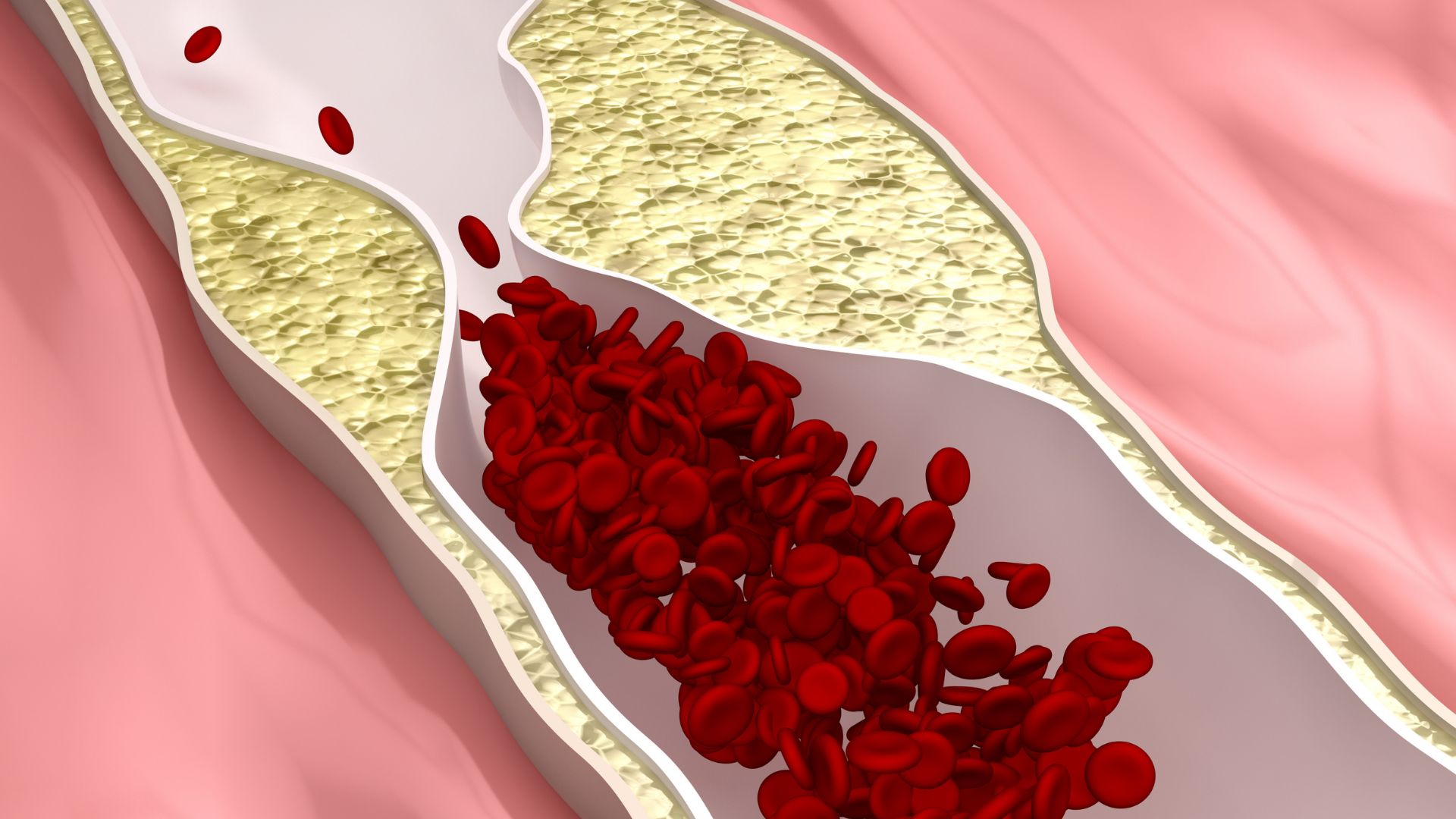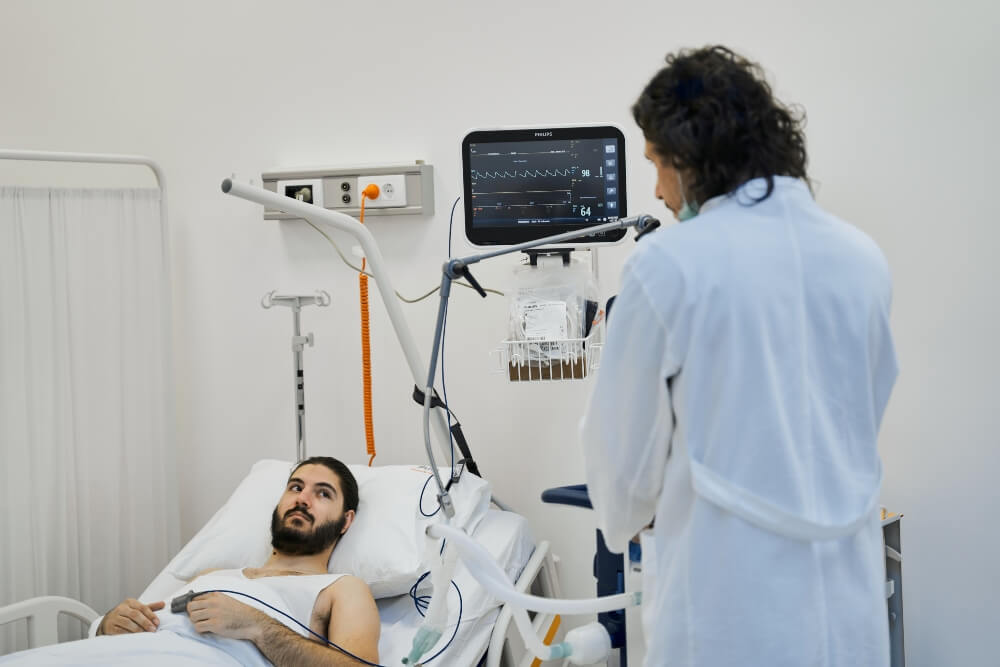Angina – Angina pectoris is a type of chest pain caused by reduced blood flow to the heart. Angina is a symptom of coronary artery disease.
Angina, also called angina pectoris, is often described as tightness, pressure, heaviness, or chest pain. Some people with symptoms of angina say that angina feels like a squeezing that tightens their chest or like a heavy weight lying on their chest.
Although angina is relatively common, it is still difficult to distinguish it from other types of chest pain, such as indigestion. If you have unexplained chest pain, you should seek medical help immediately.
Symptoms of angina pectoris
Symptoms of angina include chest pain and discomfort, which can be described as pressure, tightness, or fullness.
You may also have pain in your arms, neck, jaw, shoulder or back.
Other symptoms you have with angina are:
- Dizziness
- Fatigue
- Nausea
- Shortness of breath
- Sweating
These symptoms must be assessed immediately by a doctor who can determine if you have stable angina or unstable angina, which may be a precursor to a heart attack.
Stable angina is the most common form of angina. For example, pain that occurs when walking uphill or in cold weather may be angina.
Characteristics of stable angina
- It develops when the heart works harder, for example when you exercise or climb stairs
- It can usually be predicted and the pain is usually similar to previous types of chest pain you have had
- Lasts a short time, about five minutes or less
The severity, duration and type of angina can vary. New or different symptoms may signal a more dangerous form of angina (unstable angina) or a heart attack.
Characteristics of unstable angina
- Occurs even at rest
- It is sudden
- It is usually more severe and lasts longer than stable angina, maybe 30 minutes or longer
- It may not go away during rest or the use of angina medications
- May signal a heart attack
There is another type of angina, which is called Variant angina or Prinzmetal’s angina. This type of angina is less common. It is caused by a spasm in the arteries of your heart that temporarily reduces blood flow.
Characteristics of Variant angina (Prinzmetal’s angina)
- It usually happens when you are resting
- It is often serious
- It can be relieved with medication for angina
Angina in women
The symptoms of angina in women may differ from the symptoms of angina that occur in men. For example, chest pain is a common symptom in women with angina, but it may not be the only symptom or the most common symptom for women.
Women may also have symptoms such as:
- Nausea
- Shortness of breath
- Stomach pain
- Discomfort in the neck, jaw or back
- Stabbing pain instead of chest pressure
When is it time to see a doctor?
If your chest pain lasts longer than a few minutes and does not go away when you rest or take angina medication, it could be a sign that you have a heart attack. Call an ambulance.
If chest discomfort is a new symptom for you, it is important to see a doctor to find out what is causing the chest pain and how to treat it properly. If you are diagnosed with stable angina and it gets worse or changes, seek medical help immediately.
Causes of angina pectoris
Angina is caused by reduced blood flow to the heart muscle. Blood carries oxygen, which the heart muscle needs to survive. When there is no enough oxygen in the heart muscle, it causes a condition that is called ischemia.
The coronary artery disease is the most common cause of decreased blood flow in the heart muscle. Your coronary arteries can narrow with fatty deposits called plaques. This condition is called atherosclerosis.
During times of low oxygen demand – for example, when you are resting – your heart muscle will still be able to function at a reduced blood flow without triggering the symptoms of angina. But when you increase the demand for oxygen, for example when you exercise, angina can occur.
Risk factors
The following risk factors increase the risk of coronary artery disease and angina:
- Use of tobacco. Chewing tobacco, smoking and prolonged exposure to passive smoke damage the inner walls of the arteries – including the arteries of your heart – allowing cholesterol deposits to collect and block blood flow.
- Diabetes increases the risk of coronary artery disease, which leads to angina and heart attack by accelerating atherosclerosis and increasing cholesterol levels.
- High blood pressure. Over time, high blood pressure damages the arteries by accelerating the hardening of the arteries.
- High levels of cholesterol or triglycerides in the blood. Cholesterol is a major part of the deposits that can narrow the arteries in your body, including those that supply your heart. High levels of low-density lipoprotein cholesterol, also known as “bad” cholesterol, increase the risk of angina and heart attack. High levels of triglycerides, a type of blood fat related to your diet, are also unhealthy.
- Family history of heart disease. If a family member has coronary artery disease or has suffered a heart attack, there is a higher risk of developing angina.
- Men over the age of 45 and women over the age of 55 have a higher risk of angina.
- Lack of physical activity. An inactive lifestyle contributes to high cholesterol, high blood pressure, type 2 diabetes and obesity. However, it is important to talk to your doctor before starting an exercise program.
- Obesity is associated with high blood cholesterol, high blood pressure and diabetes, all of which increase the risk of angina and heart disease. If you are overweight, your heart needs to work harder for your body to get blood.
- Stress can increase the risk of angina and heart attack. Too much stress, as well as anger, can also raise blood pressure. Hormones produced during stress can narrow your arteries and make angina worse.
Prevention of angina pectoris
You can help prevent angina by making lifestyle changes that could improve your symptoms if you already have angina. These changes include:
- Smoking cessation.
- Monitoring and controlling other health conditions, such as high blood pressure, high cholesterol and diabetes.
- Healthy eating and maintaining a healthy weight.
- Increasing physical activity. 150 minutes of moderate activity each week. In addition, it is recommended that you train for 10 minutes twice a week and stretch three times for 5 to 10 minutes each time.
- Reducing stress levels.
- Limit alcohol consumption to two or fewer drinks per day for men and one drink per day or less for women.
- Annual flu vaccination to avoid heart complications of the virus.





